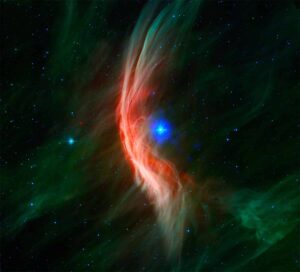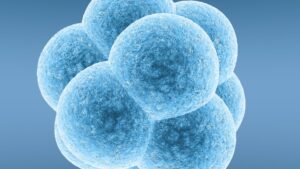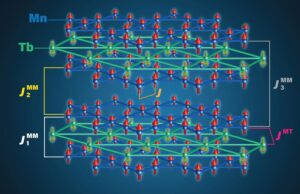Penguins lost the ability to fly more than 60 million years ago, evolving a hyper-specialized marine body plan.
In a new study, the first comprehensive genetic study involving extinct and extant (living) penguin species, an international team of 40 scientists examined the genome of all living and recently extinct penguin species. They then combined the data with the fossil record to identify critical events and processes that shaped the evolution of these iconic birds.
The outcomes demonstrated that climate change and changes in ocean currents had driven the penguin’s evolution. They identified the signatures in key events and processes that shaped the evolution of these iconic birds. Penguins were pushed farther north when temperatures plummeted, then returned to the poles as temperatures rose and new habitats were open for colonization.
Additionally, scientists found a group of genes that may be responsible for some of the adaptations that help penguins survive in some of the most unique environments on Earth, such as Antarctica and the Southern Ocean. These adaptations include body size regulation, underwater vision, deep diving, and thermoregulation—the mechanism by which animals maintain the ideal internal temperature. Although the evolution of penguins was found to be quite sluggish compared to that of other birds, many of the essential characteristics of aquatic life are thought to have been present early in penguin evolution.
Professor Richard Phillips, a seabird ecologist at the British Antarctic Survey, who is a co-author of the study, says:
“Although when most people think of penguins, they picture them among ice floes and being chased by leopard seals, penguins evolved to be aquatic creatures before the polar ice sheets formed! Over time, they evolved characteristics that allowed them to colonize many marine environments from the tropics to Antarctica. This paper provides a step change in our understanding of which genes underpin these different adaptations.”
Journal Reference:
- Cole, T.L., Zhou, C., Fang, M., et al. (2022). Genomic insights into the secondary aquatic transition of penguins. Nature Communications 13(3912) DOI: 10.1038/s41467-022-31508-9













